Homomorphically Encrypted Biometric Template Fusion
Vishnu Boddeti
Michigan State University
8th March, 2023
Norwegian Biometrics Laboratory Workshop
Vulnerabilities in Biometrics


- Biometric systems suffer from vulnerabilities.
Mitigating Security Vulnerabilities
Encrypted Biometrics

- Data encryption is an attractive option
- protects user's data from unauthorized access
- protects service provider's models from unauthorized access
- facilitates free and open sharing of private data
- mitigate legal and ethical issues
- Traditional solutions need data decryption for computation.
- Security only during data transmission.
Homomorphic Encryption: The Holy Grail?
- Cryptographic scheme needs to allow computations directly on the encrypted data.
- Solution: Homomorphic Encryption
- Attractive Property: Conjectured to be post-quantum secure for appropriate choice of encryption parameters.

- Limitations: only supports additions and multiplications.
Template Security with Homomorphic Encryption
Biometric Features
- Learned Features:


Information Leakage from Representations


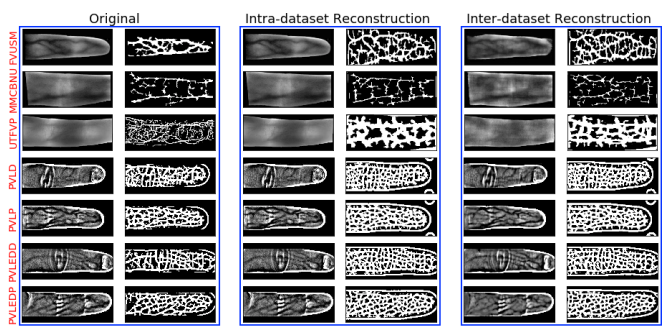
Existing Applications of FHE for Biometric Security

- Template protection using Homomorphic Encryption:
- Encrypt database of features.
- Encrypt query feature.
- Match score computed directly in encrypted domain.
Prior Work: Template Protection with Homomorphic Encryption

- Boddeti, "Secure Face Matching Using Fully Homomorphic Encryption," BTAS 2018
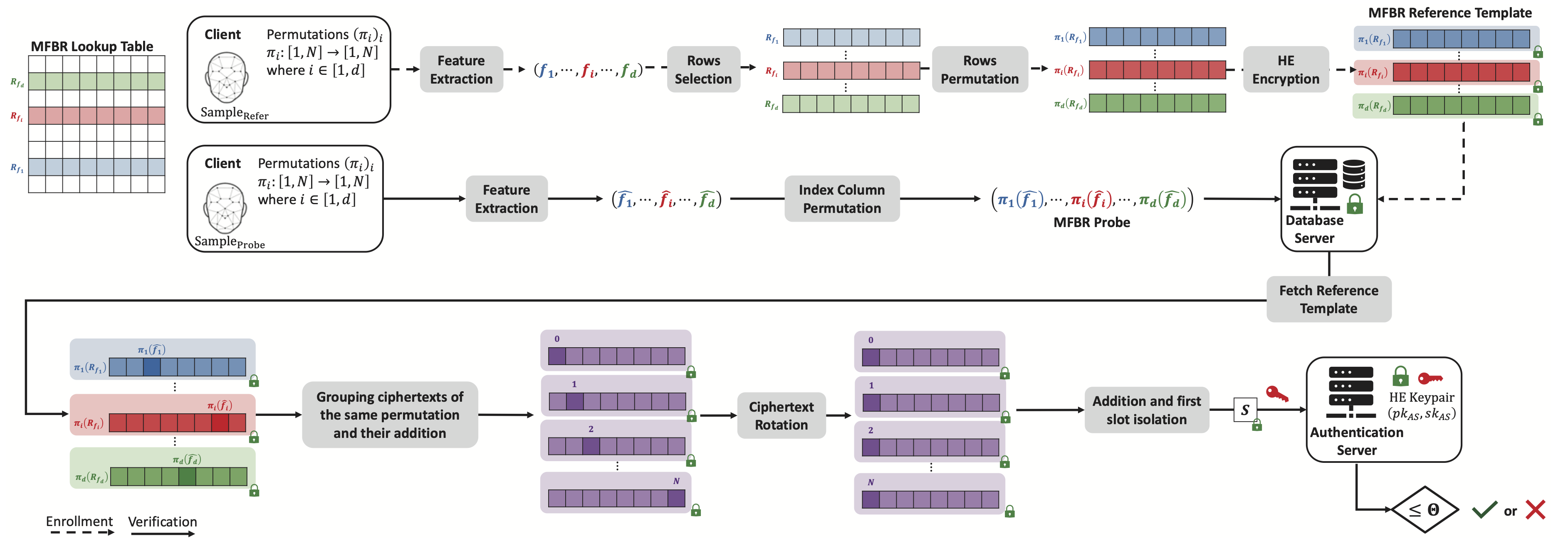
- Bassit et.al, "Multiplication-Free Biometric Recognition for Faster Processing under Encryption," IJCB 2022
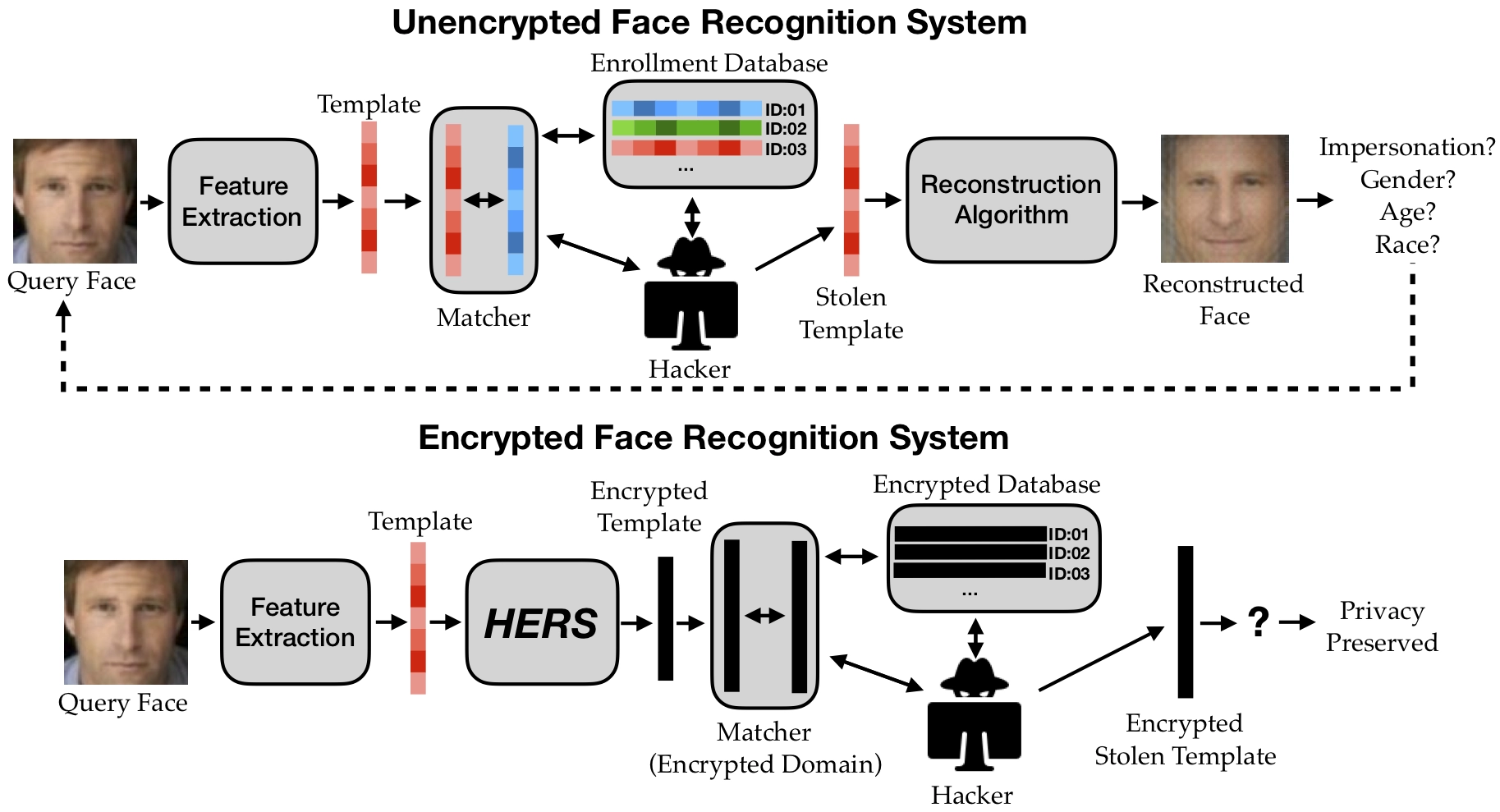
- Engelsma, Jain, Boddeti, "HERS: Homomorphically Encrypted Representation Search," TBIOM 2022
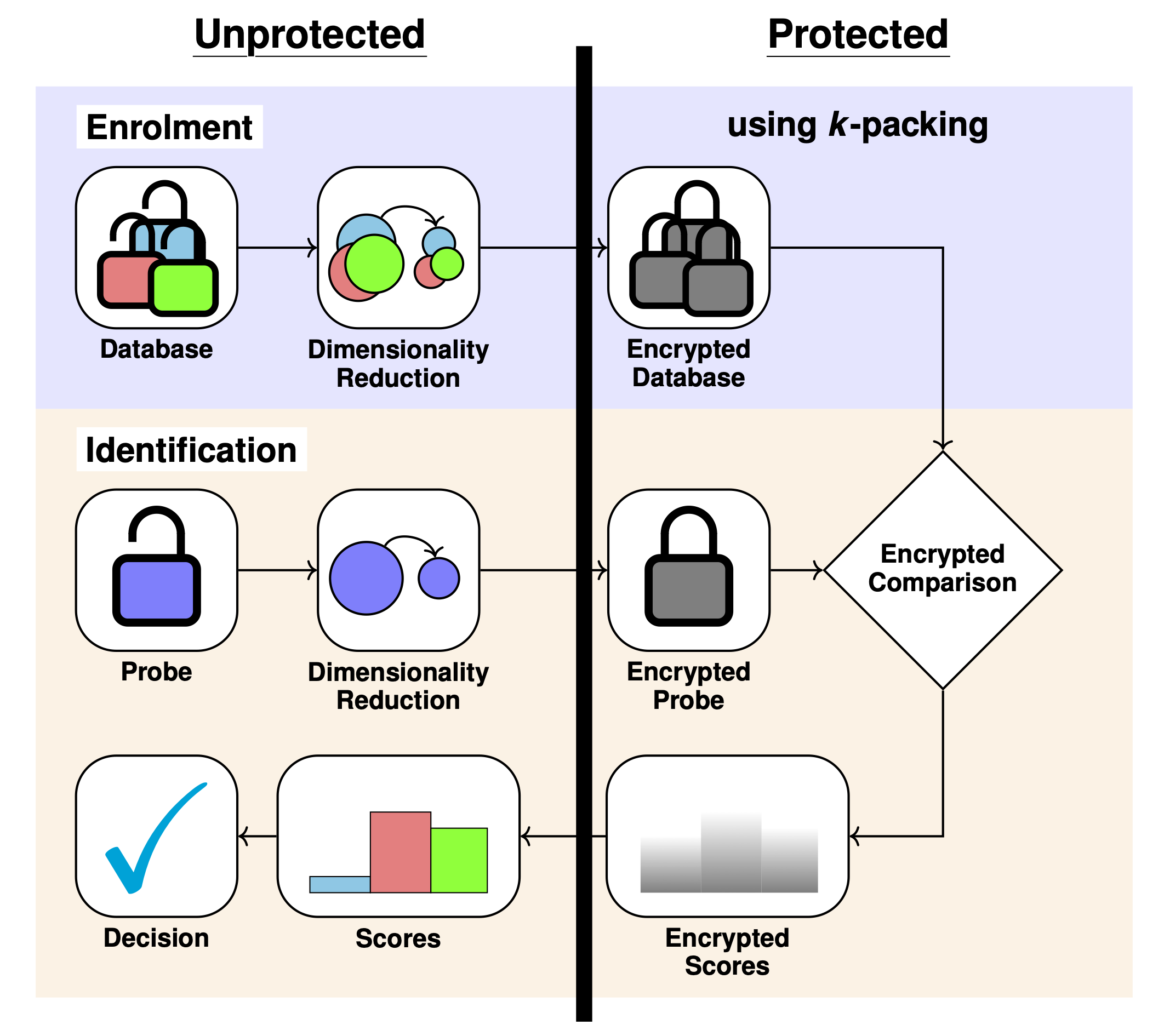
- Bauspieß et.al, "Improved Homomorphically Encrypted Biometric Identification Using Coefficient Packing," IWBF 2022
Secure Biometric Template Fusion
Fusion of Biometric Information
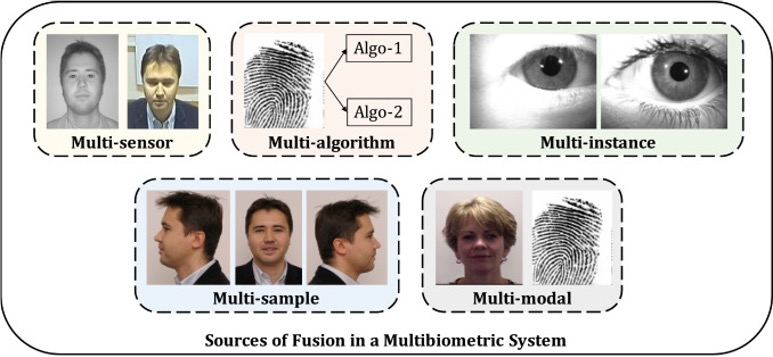
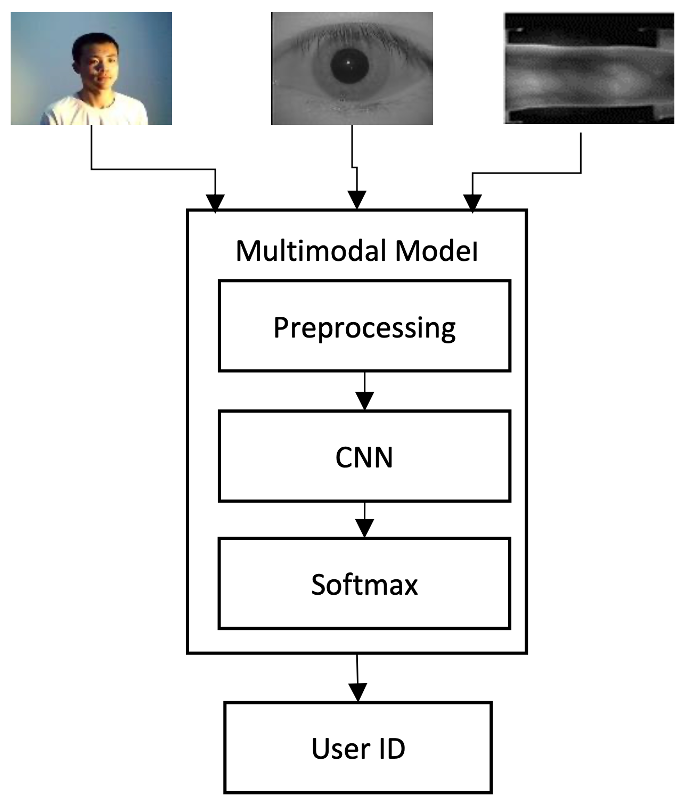
HEFT: Overview

- Sperling et al., "HEFT: Homomorphically Encrypted Fusion of Biometric Templates," IJCB 2022 (Best Student Paper Award)
HEFT: Concatenation

Homomorphic Concatenation

HEFT: Linear Projection

Linear Projection



Linear Projection Comparison
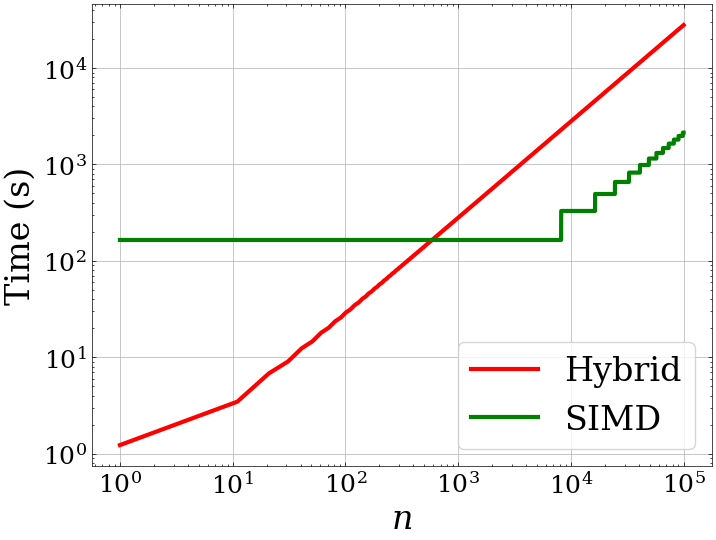
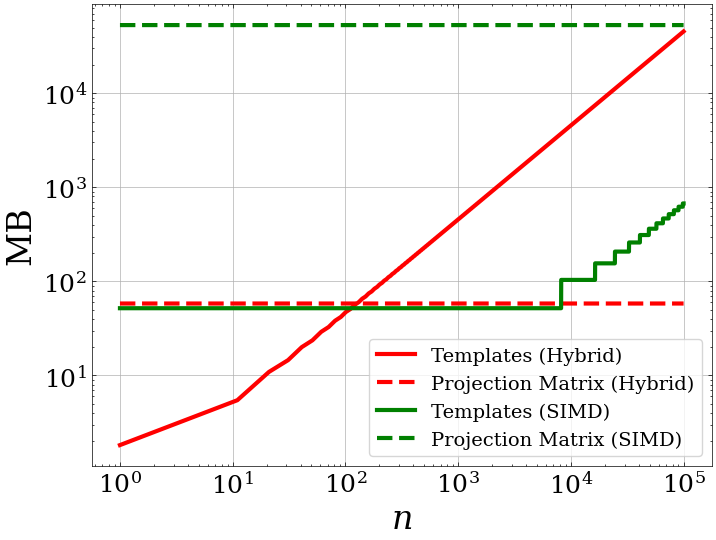
- Hybrid
- Pros: Low memory and runtime overhead
- Cons: Scales linearly with number of samples
- SIMD
- Pros: Scales well with number of samples
- Cons: High memory and runtime overhead
HEFT: Feature Normalization

$\ell_2$-Normalization of Vector
where
- $\dagger$: problematic operations for FHE
Inverse Square Root: Polynomial Approximation

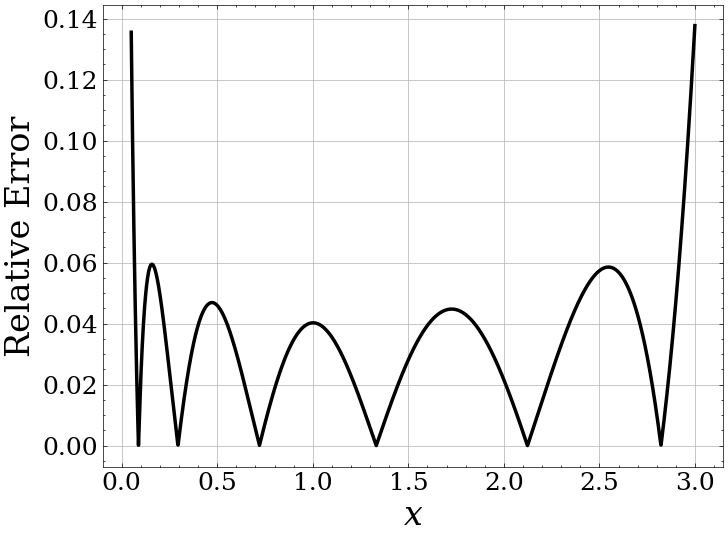
FHE-Aware Learning
- FHE is limited to specific operations on encrypted data.
- Normalization is not directly computable - need to approximate.
- Approximation is a source of error and hence a loss of matching performance
- We incorporate approximate normalization into our training of the projection matrix to recover performance
Loss Function
- $$Loss = \lambda \underbrace{\frac{\sum_M d(\mathbf{c}_i, \mathbf{c}_j)}{|M|}}_{ \color{orange}{Pull} } + (1-\lambda)\underbrace{\frac{\sum_{V}[m + d(\mathbf{c}_i, \mathbf{c}_j) - d(\mathbf{c}_i, \mathbf{c}_k)]_{+}}{|V|}}_{ \color{orange}{Push} }$$
- where $$d(\mathbf{c}_i, \mathbf{c}_j) = 1-P\underbrace{f(\mathbf{c}_i)}_{ \color{cyan}{approximation} } \cdot P\underbrace{f(\mathbf{c}_j)}_{ \color{cyan}{approximation} }$$ $f(\cdot)$ approximates the inverse norm of a vector.
Numerical Evaluation
Experimental Setup

- Synthetic fusion dataset by randomly pairing classes.
- 10,760 samples over 188 classes.
Encryption and Training Parameters
- Encryption Parameters: $(n,q)$
- Library: Microsoft SEAL
- $n$: $2^{14}$ or $2^{15}$ depending on multiplicative depth.
- $q$: chain of large prime numbers totaling 420, 580 or 860 bits.
- Training Parameters:
- Learning Rate: $5 \times 10^{-3}$
- Weight Decay: $1 \times 10^{-4}$
- Training Epochs: 1000
Fusion Improves Performance, Reduces Dimensionality
- Fusion improves performance:
- Face by 11.07%
- Voice by 9.58%
- Dimensionality Reduction: $512D \rightarrow 32D$ (16$\times$ compression)
Comparison of Normalization Methods
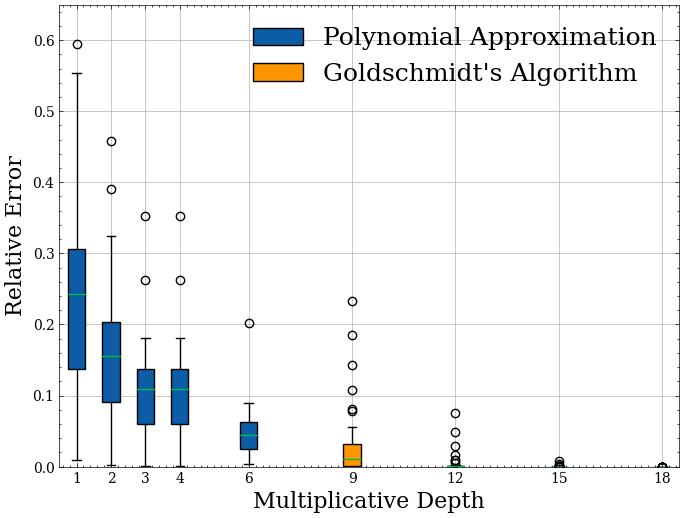
Computational Complexity
- Projection is costliest operation
- Projection is costliest operation
Is FHE the Panacea for Privacy?
- Security and privacy are very often conflated with each other.
- Different but related concepts.
- Homomorphic encryption: controls access to private information.
- Differential Privacy: analysis + manipulation of private information.
- Postulates:
- There is no privacy without security.
- Homomorphic encryption is an ideal tool for enhancing privacy but it is not a privacy technique in and of itself.
Ideal solution: Differential privacy + Homomorphic Encryption
Summary

- Introduces the first multimodal feature-level fusion system in the encrypted domain.
- Improves performance of original templates while reducing their dimensionality.
- Incorporates polynomial approximation for approximate normalization.
- Incorporates FHE-Aware Learning to improve performance.
